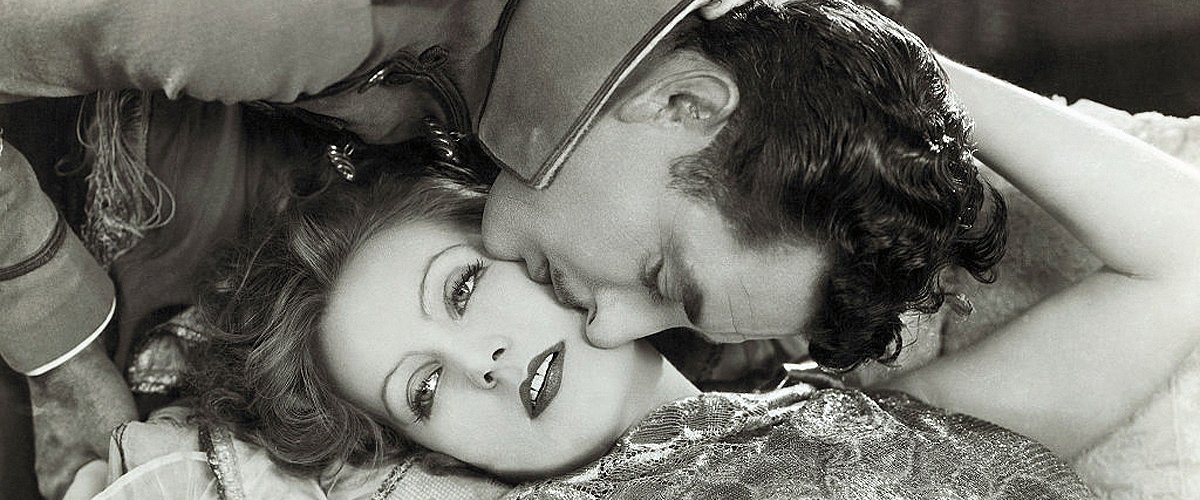
Greta Garbo’s Love Letters to Women Allegedly Hint She Hid Her Sexuality & Lived Life of Lies
Swedish-born American actress Greta Garbo lived a lonely life and was never married. However, she was romantically involved with other women, two of whom she exchanged multiple letters that have now been publicized.
Greta was a Swedish-born American actress who portrayed tragic characters in her movies and is still regarded as one of the greatest female stars of classic Hollywood cinema.
She enjoyed being alone and was never married. However, it has been revealed that Garbo was bisexual and exchanged letters with her female lovers. Find out more about her.
![Greta Garbo and John Gilbert in a movie scene [left] || Greta Garbo poses for a publicity still for the MGM film 'The Painted Veil' in 1934. [right] | Photo: Getty Images](https://cdn.amomama.com/e4b46364f5a257e575f5d2ec70b8bce9.jpg)
Greta Garbo and John Gilbert in a movie scene [left] || Greta Garbo poses for a publicity still for the MGM film 'The Painted Veil' in 1934. [right] | Photo: Getty Images
GARBO'S EARLY LIFE AND CAREER
Garbo was born in Stockholm, Sweden, on April 15, 1905. Her dad, Greta Gustafsson, was an itinerant laborer. Hence, she grew up in poverty in a Stockholm slum.
Garbo was working as a clerk in a department store when she met Erik Petschler, a film director, who gave her a small role in the 1922 film "Luffar-Petter."
She studied at the Royal Dramatic Theatre, Stockholm, for two years (1922-1924). In 1924, she portrayed a major character in "The Saga of Gosta Berlin." It was the movie's director, Mauritz Stiller, who gave her the name Garbo.
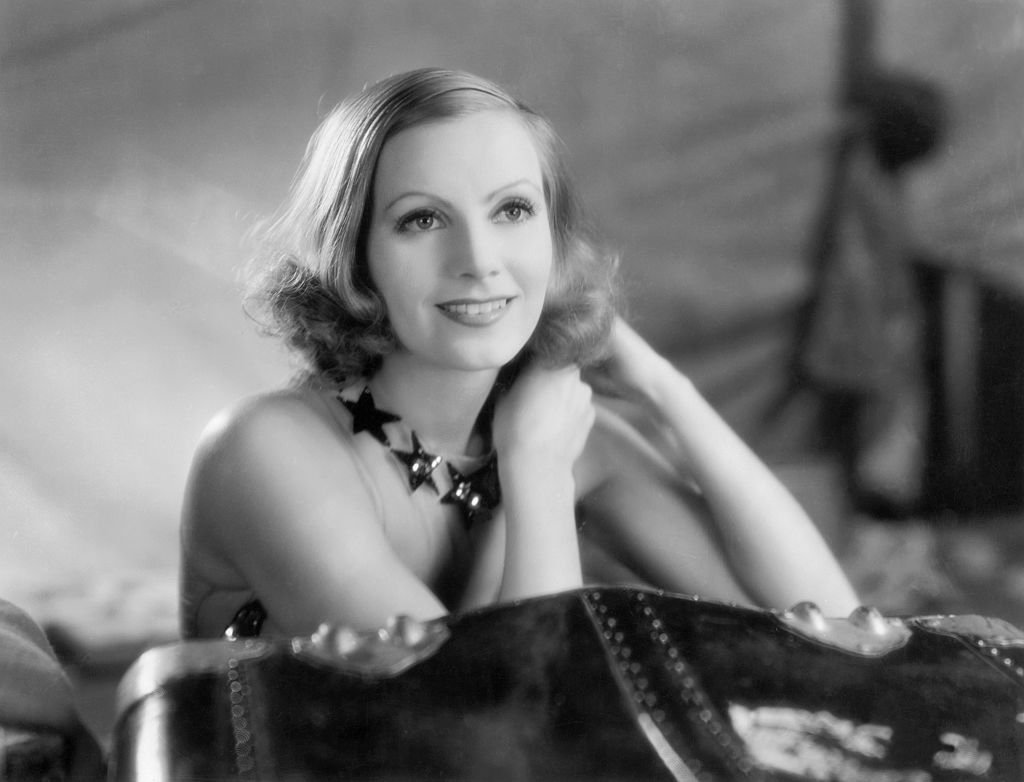
Greta Garbo as the tragic heroine in the movie "Susan Lenox- Her Fall and Rise" circa 1931. | Photo: Getty Images
In 1925, Stiller secured Garbo a contract with Metro-Goldwyn-Mayer (MGM), granting her an entry into Hollywood. MGM boss Louis B. Mayer was initially unconvinced of Garbo's talent. However, she left studio executives impressed with her first American film, "The Torrent."
Mayer was convinced by Garbo's talent and signed her to an exclusive contract that came with an increased salary. Afterward, she starred in popular romantic dramas like "Flesh and the Devil," "Love," "A Woman of Affairs," and "The Kiss."
Garbo soon became a big star and became the public's interest thanks to her incredible talent and beauty. She starred in many more films, including 1932's "Mata Hari" and "Queen Christina," released in 1933.
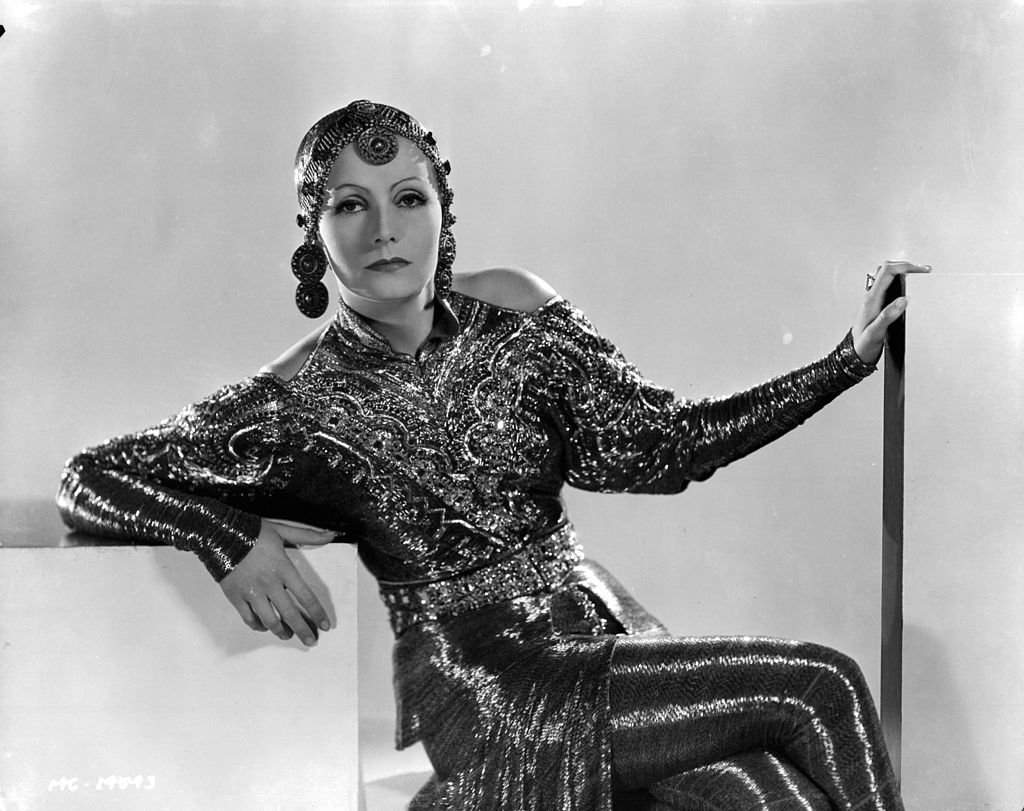
Greta Garbo in publicity portrait for the film 'Mata Hari', 1931. | Photo: Getty Images
Those two films were popular and also somewhat scandalous because of how they frankly treated eroticism and bisexuality. In the 1930s, she starred in many more films, including "As You Desire Me," "The Painted Veil," "Anna Karenina," and "Ninotchka."
The Second World War contributed to the end of Garbo's career as her films were more popular abroad than at home. Also, markets for American movies were dwindling in European countries in those days.
MGM executives reportedly tried to end Garbo's career by casting her in a movie they knew would not do well, "Two-Faced Woman," in 1941. However, she did not leave Hollywood in disgust after the film.
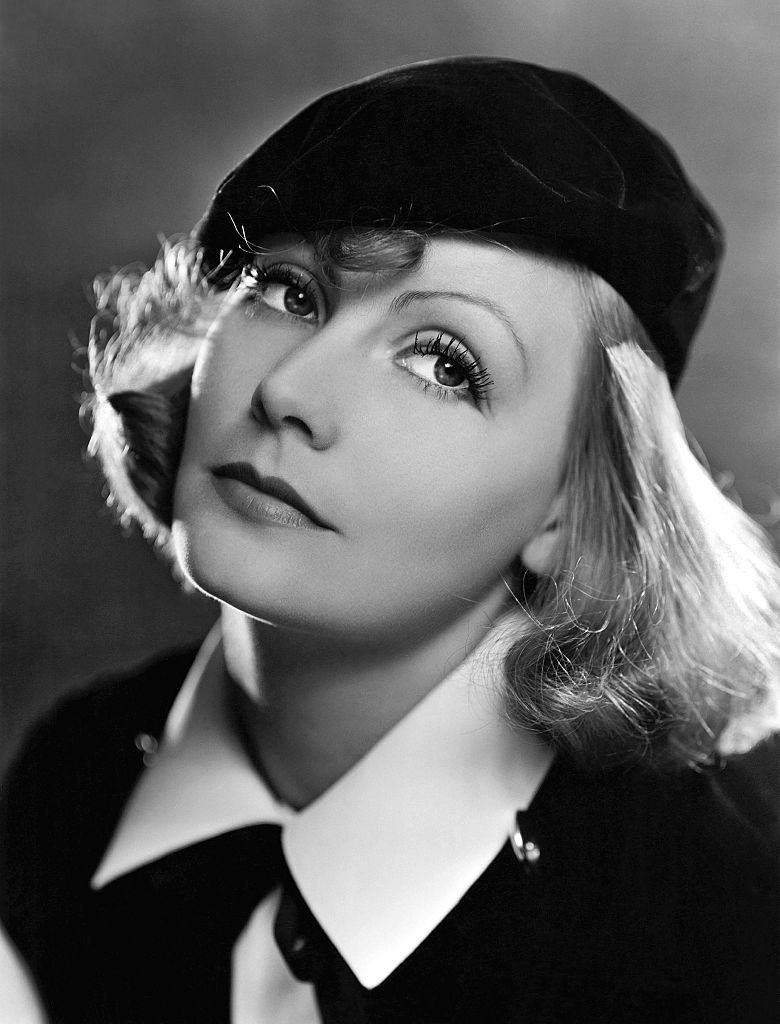
Actress Greta Garbo poses for a publicity photo for the MGM movie "As You Desire Me" which was released in 1932. | Photo: Getty Images
She was almost convinced to return to the film industry twice but ultimately decided to retire permanently. Her decision only contributed to her enigma and cult following.
She lived the rest of her life privately in New York City and hardly made any public appearances. Even when she was awarded an honorary Oscar in 1955, she did not show up at the event.
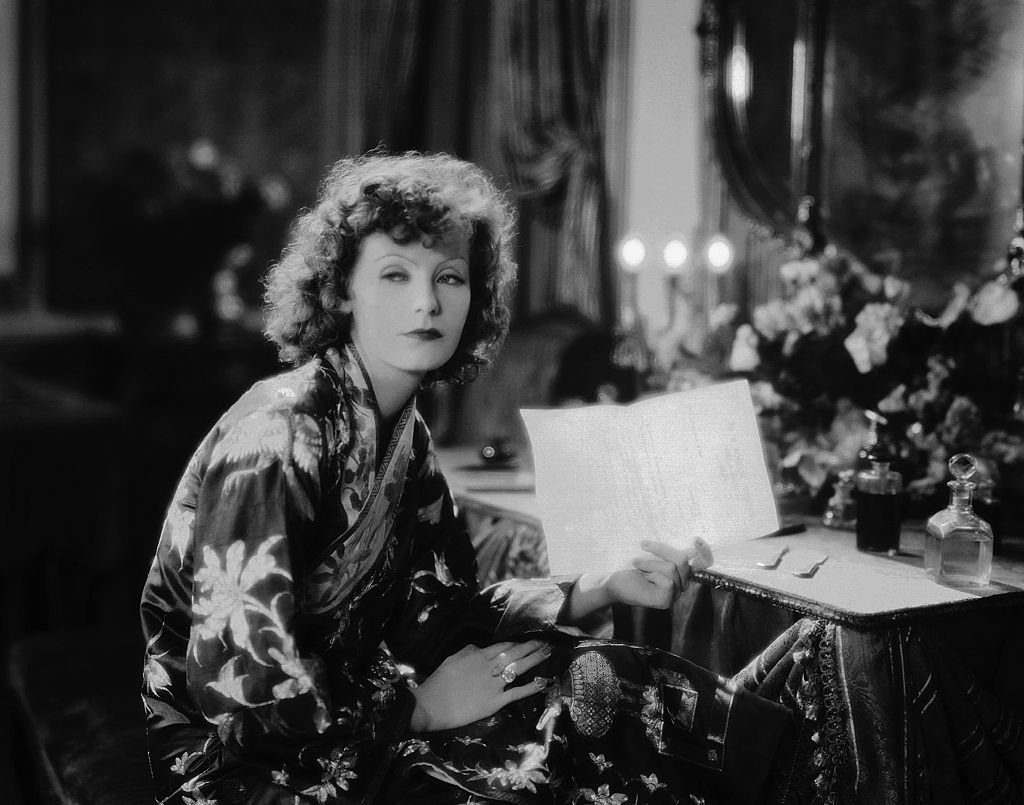
Actress Greta Garbo poses for a publicity photo for the MGM movie "The Divine Woman" which was released in 1928. | Photo: Getty Images
GARBO'S ROMANTIC AFFAIRS AND LOVE LETTERS
Throughout her life, Garbo was never married, nor did she have any children. However, this did not mean that she was not involved in relationships.
The actress had public affairs with George Schlee, a fashion designer, and conductor Leopold Stokowski. Besides them, she also had private relationships with Lilyan Tashman, Louise Brooks, and Mercedes de Acosta.
Of all Garbo's relationships, her soulmate seemed to be Swedish actress Mimi Pollak. Pollak was a plain-looking Jewish girl from Hammarom in Varmland.
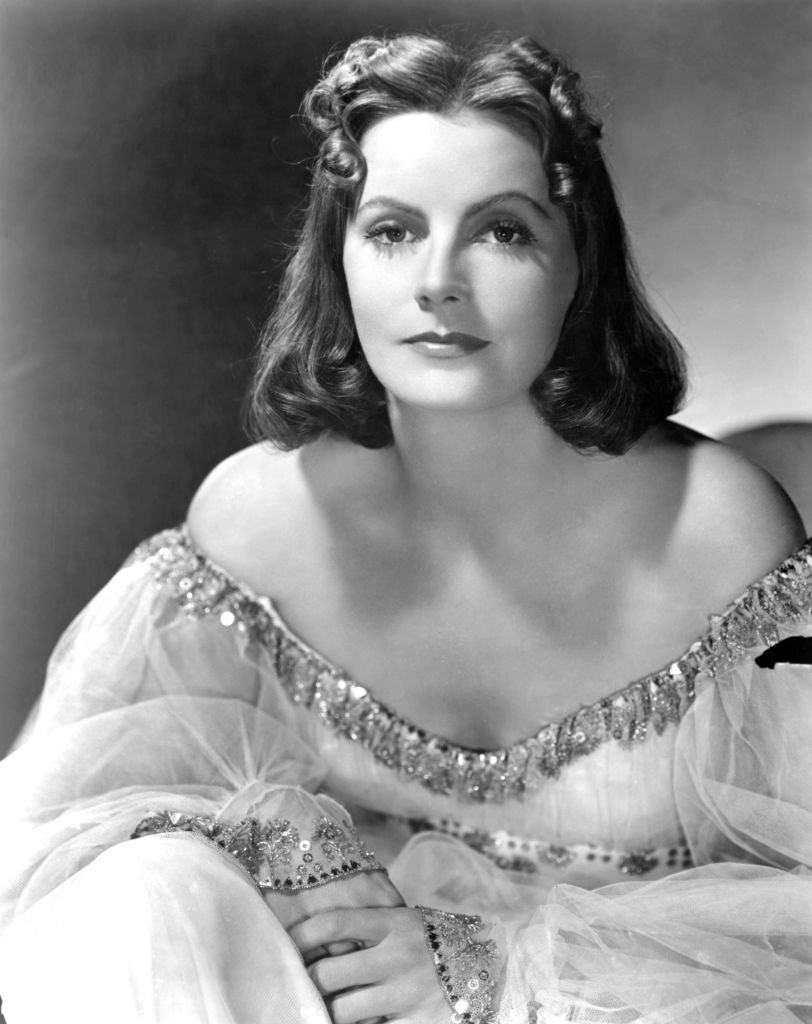
Portrait photo of Greta Garbo for the movie "Ninotchka" circa 1939. | Photo: Getty Images
Garbo was reportedly the dominant partner in their relationship. They remained close for 60 years and exchanged long series of letters, cards, and telegrams.
In 1993, some of the letters Garbo sent to Pollak were auctioned. In 2005, Pollak's correspondence was publicized in honor of Garbo's centenary. In most of these correspondences, Pollak and Garbo did not hide that they used to be an item.
Garbo's relatives considered many of her letters to Pollak to be too revealing. They were desperate to conceal her bisexuality and never made those letters public.
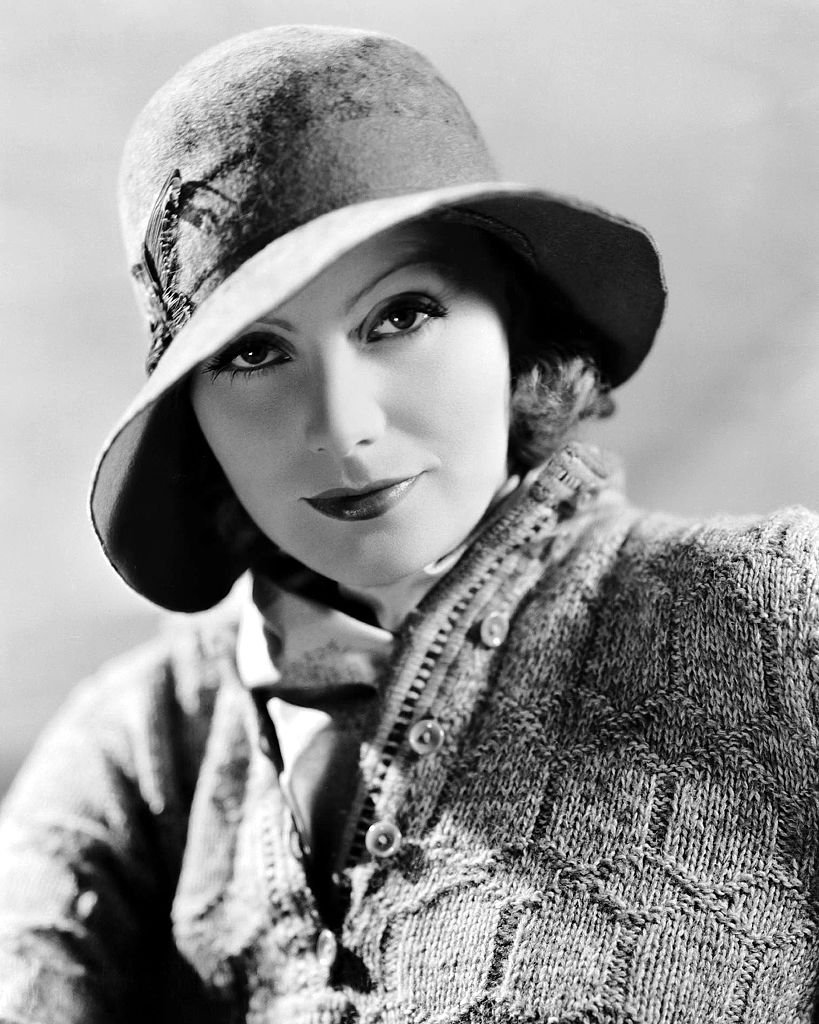
Actress Greta Garbo poses for a publicity photo for the MGM movie "A Woman Of Affairs" which was released in 1928. | Photo: Getty Images
In the book "Greta Garbo: A Divine Star," it is revealed that the Academy class photograph taken in October 1922 showed how much Garbo and Pollak were into each other.
All the other students in the photo smiled and faced the camera. However, Garbo looked only at Pollak, and they held each other's hands.
Years later, that segment of the photograph was clipped and appeared in newspaper articles and magazines. However, when they did, there was no indication that the segment was part of a larger photograph and featured ten other people.
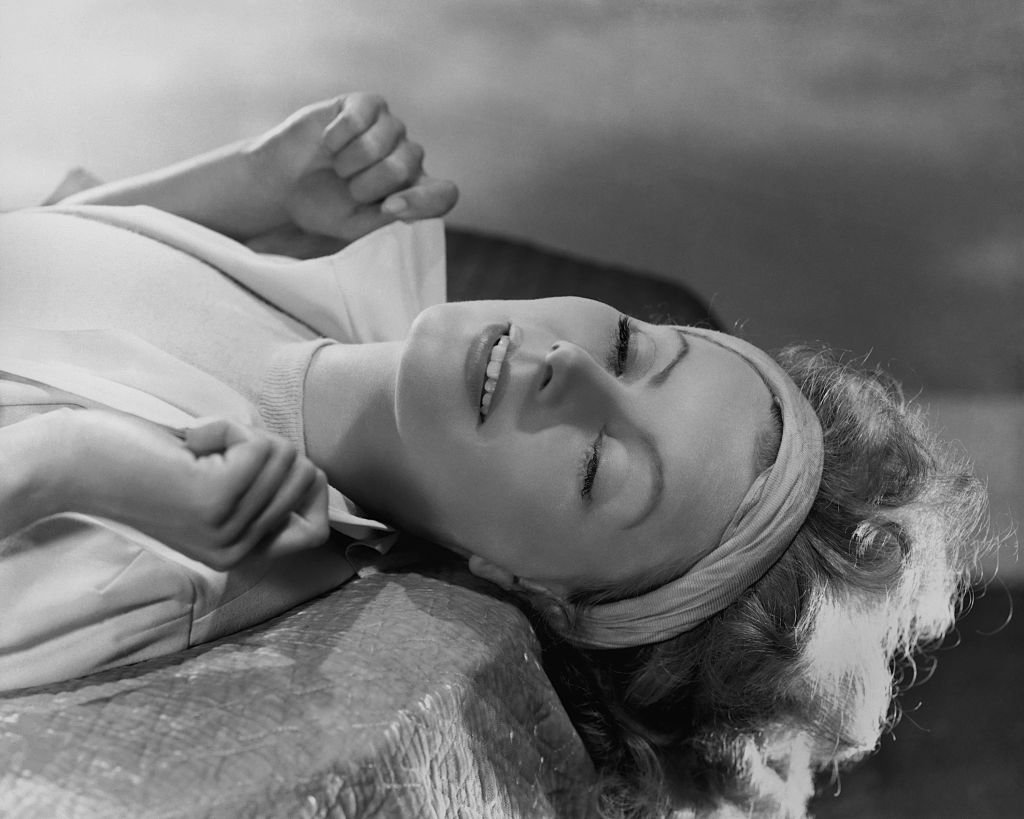
Actress Greta Garbo poses for a publicity still for the MGM film 'Two-Faced Woman' in 1941 in Los Angeles, California. | Photo: Getty Images
It was also revealed that Garbo's nickname for Pollak was Mimosa from her first name. Meanwhile, Pollak called her Gurra, a shortened form for Gustav.
There were many other letters from Garbo to Pollak that exposed their secret love. In response to an earlier message after she and Pollak had not seen each other for a while, Garbo wrote that Pollak's letter had aroused a storming of longing within her.
In another letter, she wrote that she keeps thinking about her lover and thinking she would meet her any second out in the corridor.
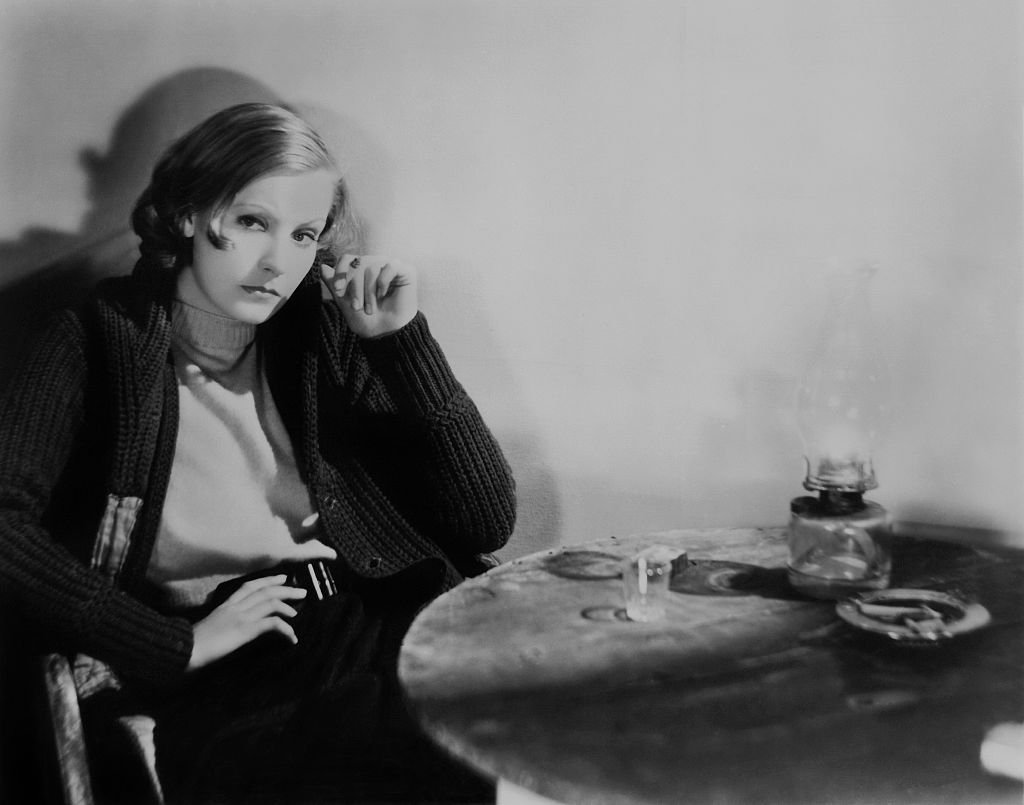
Actress Greta Garbo poses for a publicity photo for the MGM movie "Anna Christie" which was released in 1930. | Photo: Getty Images
When fame forced the lovebirds to go apart, Garbo wrote that she dreamed of seeing Pollak and discovering if she still cared about her. In that letter, she described herself as Pollak's old bachelor and concluded by expressing her love to her.
After Pollak entered into a lavender marriage and wrote to tell Garbo her marriage was going well and she was pregnant, the latter wrote back.
In her letter, she said they could not help their nature as God had created it. She added that she had always thought they belonged together. When Pollak gave birth to her son, Garbo wrote to her, saying she was incredibly proud to be a father.
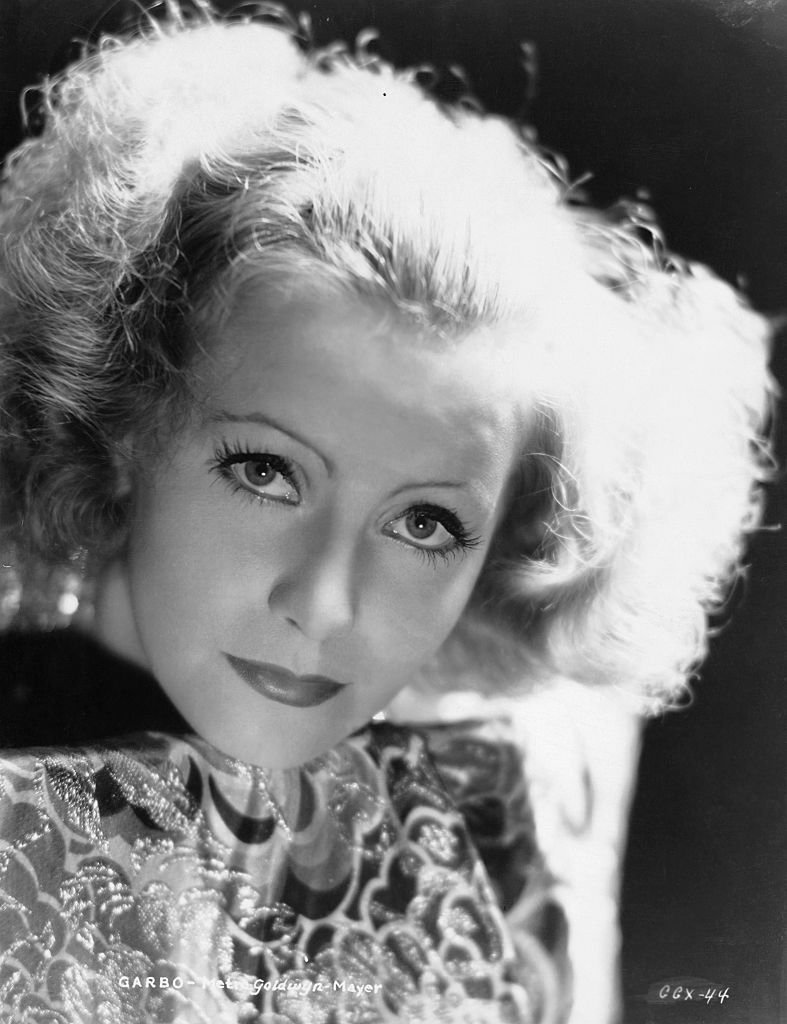
Portrait photo of actress Greta Garbo circa 1925. | Photo: Getty Images
Besides her close relationship with Pollak, Garbo also shared a romantic lesbian relationship with Mercedes de Acosta. Like Pollak, she also exchanged letters with de Acosta.
In 2000, the women's lesbian affair letters went on display at Philadelphia's Rosenbach Museum and Library. They included 55 letters, 17 cards, and 15 telegrams.
De Acosta bequeathed the correspondence to the museum but stipulated that they should not be made public until she and Garbo had been dead for ten years.
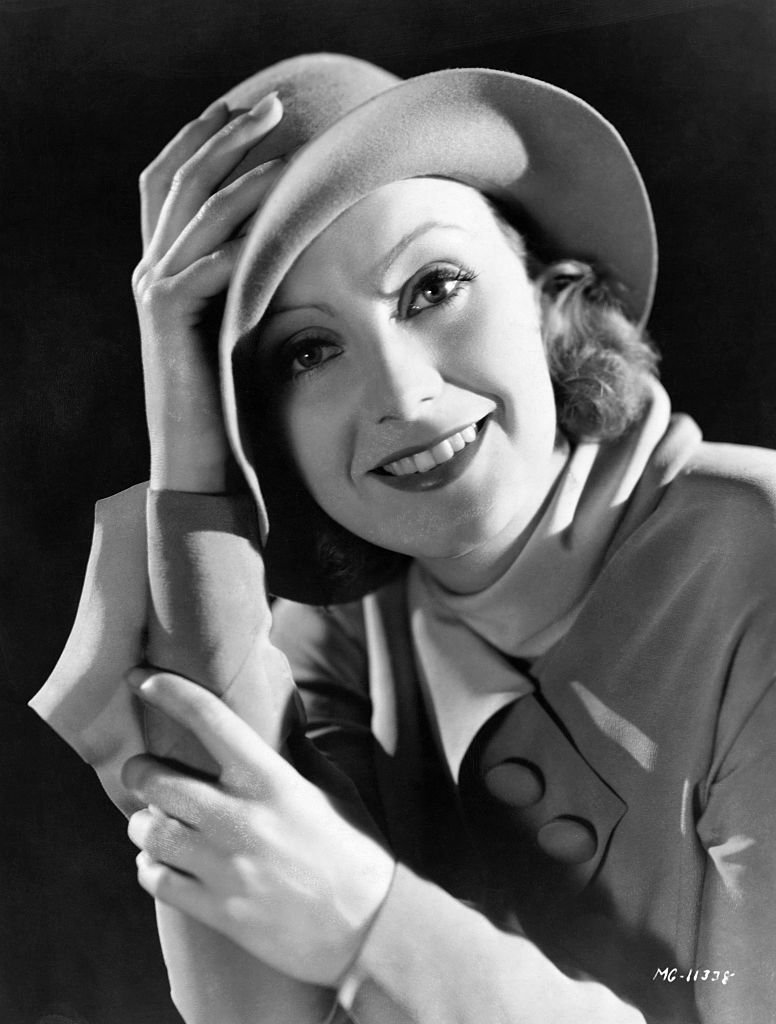
Portrait photo of actress Greta Garbo smiling circa 1925. | Photo: Getty Images
De Acosta loved many women, most especially Garbo. All she wanted was for Garbo to be. Garbo also loved de Acosta until she stopped doing so.
In the book "Loving Garbo: The Story of Greta Garbo, Cecil Beaton and Mercedes de Acosta," author Hugo Vickers wrote about Garbo's love affairs.
In the book, de Mercedes's description of the six weeks she spent with Garbo was revealed. De Acosta said she was lucky to have had those six weeks with Garbo and said they were six perfect weeks out of a lifetime.
In those weeks, there was no second of harmony between her and Garbo. In that time, she observed Garbo closely and described her legs.
She said Garbo's legs were tan while her skin had a golden hue. The flock of tiny hairs growing her legs was also golden. De Acosta further described her lover's legs as classical and unique, adding that they had the shape seen in many Greek statues.
Garbo was never short of male suitors in her lifetime. On record, at least two men, Swedish publisher Lars Saxon and American silent movie star John Gilbert, proposed to her thrice.
However, in a letter she wrote on MGM notepaper and obtained by the Postal Museum, she told Saxon that she would likely remain a bachelor all her life. She added that "Wife" was such an ugly word.
Garbo ultimately kept her word and never married until the end of her quiet, lonely life. She died on April 15, 1990, aged 84.
